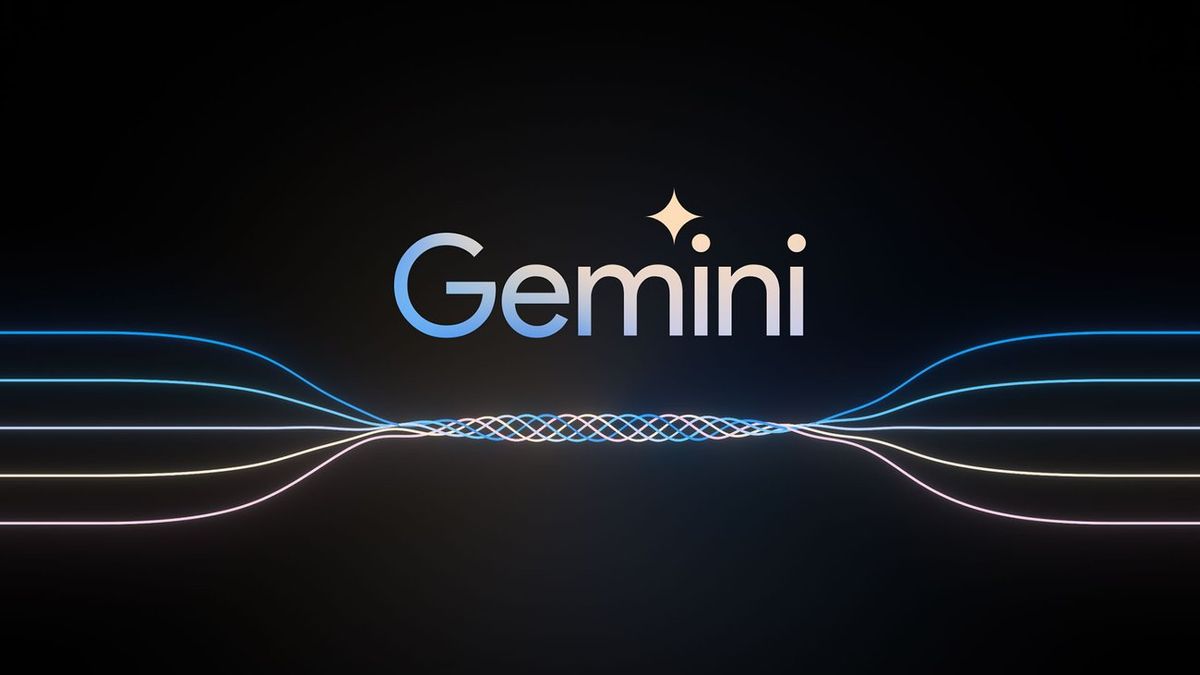and the distribution of digital products.
Samsung users can enjoy Google Gemini in split-screen

Samsung has rolled out a new software update, One UI 6.1.1, for its Galaxy Z Fold6, which introduces a split mode for Google Gemini. This feature has now been extended to the Galaxy Tab series and other Android foldable phones and tablets, enhancing the multitasking capabilities of these devices.
Enable extensions to get more out of Gemini.
Connect the dots across your @Google universe and use Gemini to find info in your Gmail, summarize lengthy Docs, and more.
See below to learn how ⬇️ #GeminiProTip pic.twitter.com/RAhigHbIpo
— Google Gemini App (@GeminiApp) October 22, 2024
How does split-screen work on Google Gemini?The split-screen mode allows users to keep Gemini open on one side of the screen while running another app or game on the other. This setup is particularly useful for tasks like watching a video or reading a webpage while using Gemini for research or other purposes. On tablets and foldable devices, Gemini appears in a floating window with a handlebar, making it easy to move around the screen and adjust as needed.
The feature is available on Galaxy Tab tablets, older Galaxy Z Fold models, and Google Pixel tablets and foldables. The floating window design ensures that users can run Gemini alongside other apps as long as the interface supports it, providing a more flexible and productive user experience.
 The split-screen mode allows users to keep Gemini open on one side of the screen while running another app or game on the other (Image credit)
The split-screen mode allows users to keep Gemini open on one side of the screen while running another app or game on the other (Image credit)
Gemini’s integration with Samsung devices follows its increasing presence across various Google services in recent months. The AI assistant has been integrated into Gmail, Google Drive, Google Messages, Google Tasks, Google Workspace, YouTube, and YouTube Music. Google is also exploring third-party integrations, including partnerships with popular apps like Spotify and WhatsApp. These integrations aim to make Gemini more accessible across different aspects of users’ digital lives, enhancing both personal productivity and entertainment.
Google plans to launch its next-generation AI model in December. This new model aims to compete with OpenAI’s upcoming flagship AI model, codenamed “Orion,” also expected to launch by the end of the year. Google is additionally working on “Project Jarvis,” an AI-powered agent designed to automate web-based tasks, further expanding the scope of AI-assisted productivity.
OpenAI, backed by Microsoft, is also preparing for the release of its next major AI model, which will be made available to partner companies like Microsoft. This competition highlights the rapid pace of development in AI technology, with both Google and OpenAI aiming to push the boundaries of what AI can offer in terms of personal assistance and productivity.
Featured image credit: Google
- Home
- About Us
- Write For Us / Submit Content
- Advertising And Affiliates
- Feeds And Syndication
- Contact Us
- Login
- Privacy
All Rights Reserved. Copyright , Central Coast Communications, Inc.